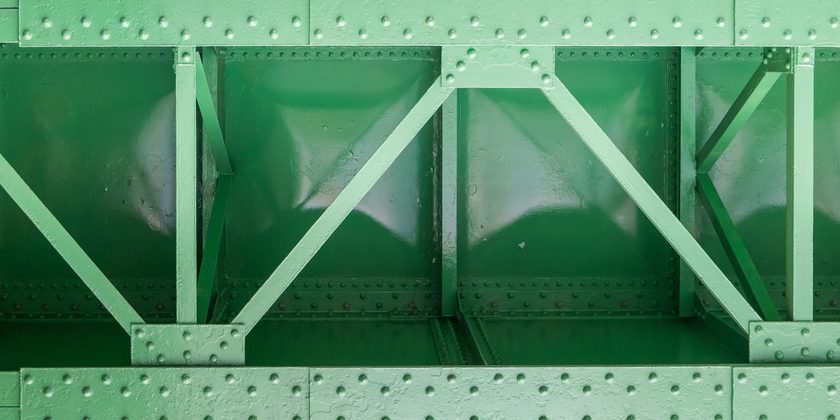The rapid increase of production capacity, coupled with persistently weak demand in Asia, has put extra pressure on steelmakers to decarbonize the steel industry and develop a low-carbon supply chain.
It is no surprise that many have rolled out net-zero ambitions and undertaken different pathways to achieve them.
Exporters in Asia are pressed with having to report their greenhouse gas emissions when importing to the European Union due to its Carbon Border Adjustment Mechanism (CBAM).
Discover how our suite of green steel prices can support your ‘green’ investment decisions while bringing transparency to the industry. Request a callback.
Path 1: Blast furnace to electric arc furnace (EAF) steelmaking
One common pathway steelmakers have undertaken is shifting from traditional blast furnace steelmaking to EAF, which uses renewable energy and more ferrous scrap and has proven to be less carbon intensive.
Path 2: The use of carbon capture technology
A second pathway is the use of carbon capture and storage technologies, which involve capturing emissions at steel plants before they escape into the atmosphere and storing them.
Leading Japanese steelmaker Nippon Steel last year said it was studying this technology with multinational oil and gas corporation ExxonMobil and Mitsubishi Corporation.
The plan is to capture the emissions from the steelmaker’s plants in Japan and evaluate underground storage opportunities in Asia Pacific, such as in Malaysia, Indonesia and Australia.
Path 3: The adoption of green hydrogen-based technologies
The third and most explored pathway of decarbonization in Asia is the adoption of green-hydrogen-based technologies, which can effectively reduce carbon emissions and reduce the industry’s dependence on coal.
At least half of China’s leading steelmakers have started investing in these technologies to decarbonize their production, focusing on hydrogen-based iron (HBI) in steel production.
Hover over the map below to discover green steel developments in Asia
Chinese steelmaking giant Baowu Steel began construction in 2023 on a new, green hydrogen-based EAF in Zhanjiang, Guangdong province, which would reportedly be the company’s first zero-carbon furnace.
Elsewhere in Asia, Singapore-based Meranti Green Steel has also partnered with Australia-based Green Steel of WA to develop the pelletizing, direct reduction and briquetting of green hydrogen-based iron in western Australia.
The joint venture is set to produce high-grade iron ore pellets, direct reduction of the pellets and briquetting of reduced iron for export including MGS’s new green steel plant in Thailand, the company said.
Fastmarkets assessed Asia HBI prices at $415-425 per tonne CFR Asia on February 16, unchanged week on week.
Hydrogen-based approaches to green steel remain costly
In January 2024, Malaysia-based Esteel Enterprise Sabah Sdn Bhd also launched a RM20 billion ($4.2 billion) green steel project at the Sipitang Oil and Gas Industrial Park after signing an agreement with a domestic energy supplier for the supply of 150 million standard cubic feet per day of natural gas.
Local news outlets reported that the three-phase project at the Sipitang Oil and Gas Industrial Park will use natural gas as a reducing agent instead of coke and coal, which will lower carbon emissions by 70%.
Despite many investments in the development of such hydrogen-based or natural gas reduction technologies, they remain immature and costly, but that is not to say that the adoption of green steel in Asia has not taken off.
Several transactions, especially from leading steelmakers in Japan and South Korea, have been heard in the spot market over the past year.
Nippon Steel, has seen a growing adoption of its zero-carbon “NSCarbolex Neutral” steel products to several steelmakers in Asia, one being to Yangling Metron New Materials for the production of electroplated diamond wires, used to slice wafers from silicon ingots.
In December 2023, the steelmaker also announced that its zero-carbon plates will be supplied to Singapore-based Steelaris, a steel wholesaler that supplies steel plates for oil and gas projects, construction and offshore structures in southeast Asia.
It has also sold zero-carbon materials to Japanese bolt producer Nitettsu.
Fastmarkets’ latest weekly price assessment of its green steel import differential to HRC index, cfr Vietnam, which calculates the price difference of flat-rolled green steel to the CFR Vietnam HRC index, Japan/South Korea/Taiwan, was $204-340 per tonne on Feb 23, unchanged week on week.
Fastmarkets’ assessment of the green steel base price, hot-rolled coil cfr Vietnam, weekly inferred, which is calculated by adding new spreads to Fastmarkets’ Japan, Korea and Taiwan-origin HRC prices, was $824-970 per tonne on Feb 23, down $5-10 per tonne from $834-975 per tonne a week earlier.
Stay up to date with key developments in green steel pricing and read the latest stories driving the discussion by visiting our dedicated green steel content hub. Learn more.




